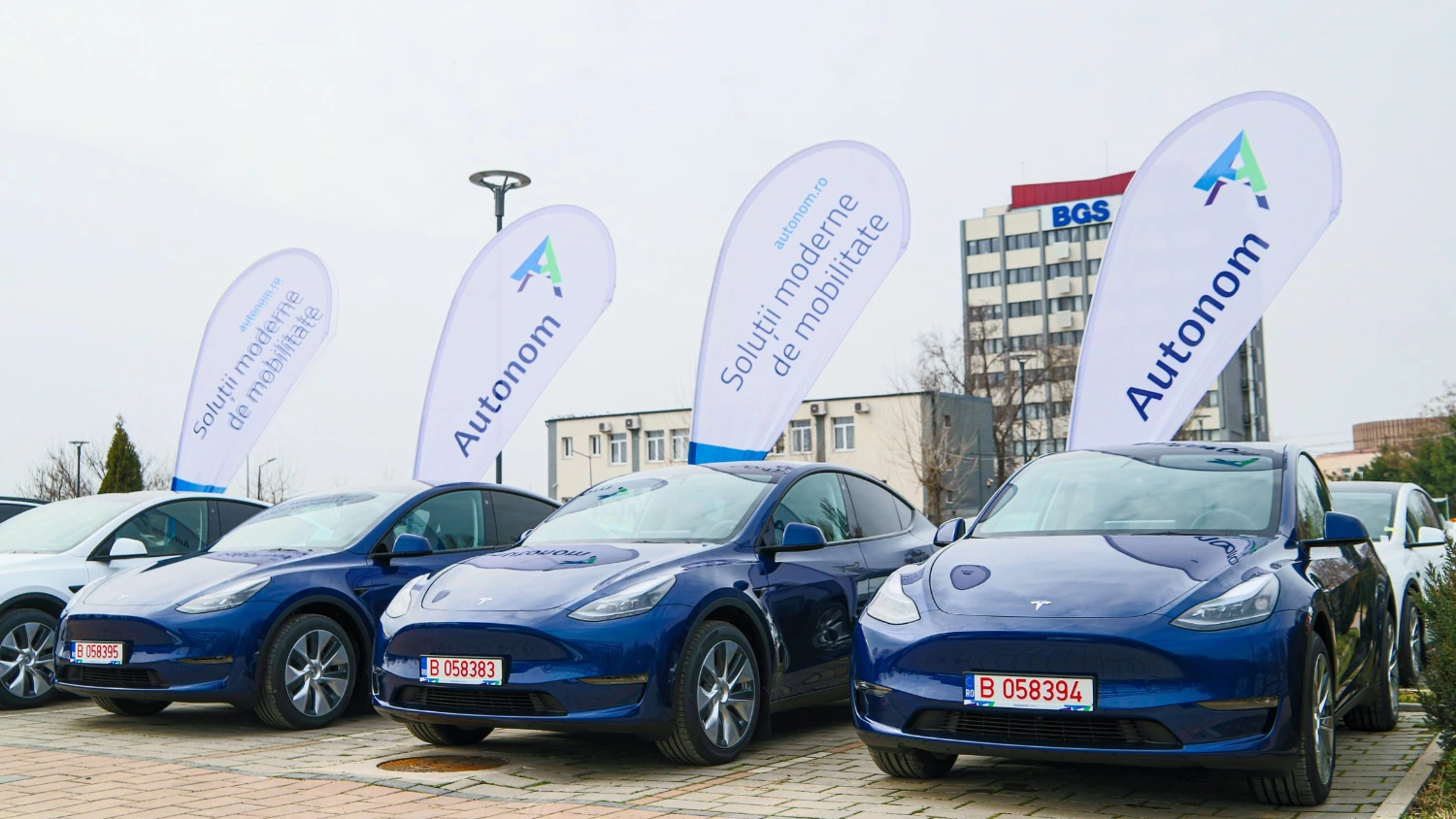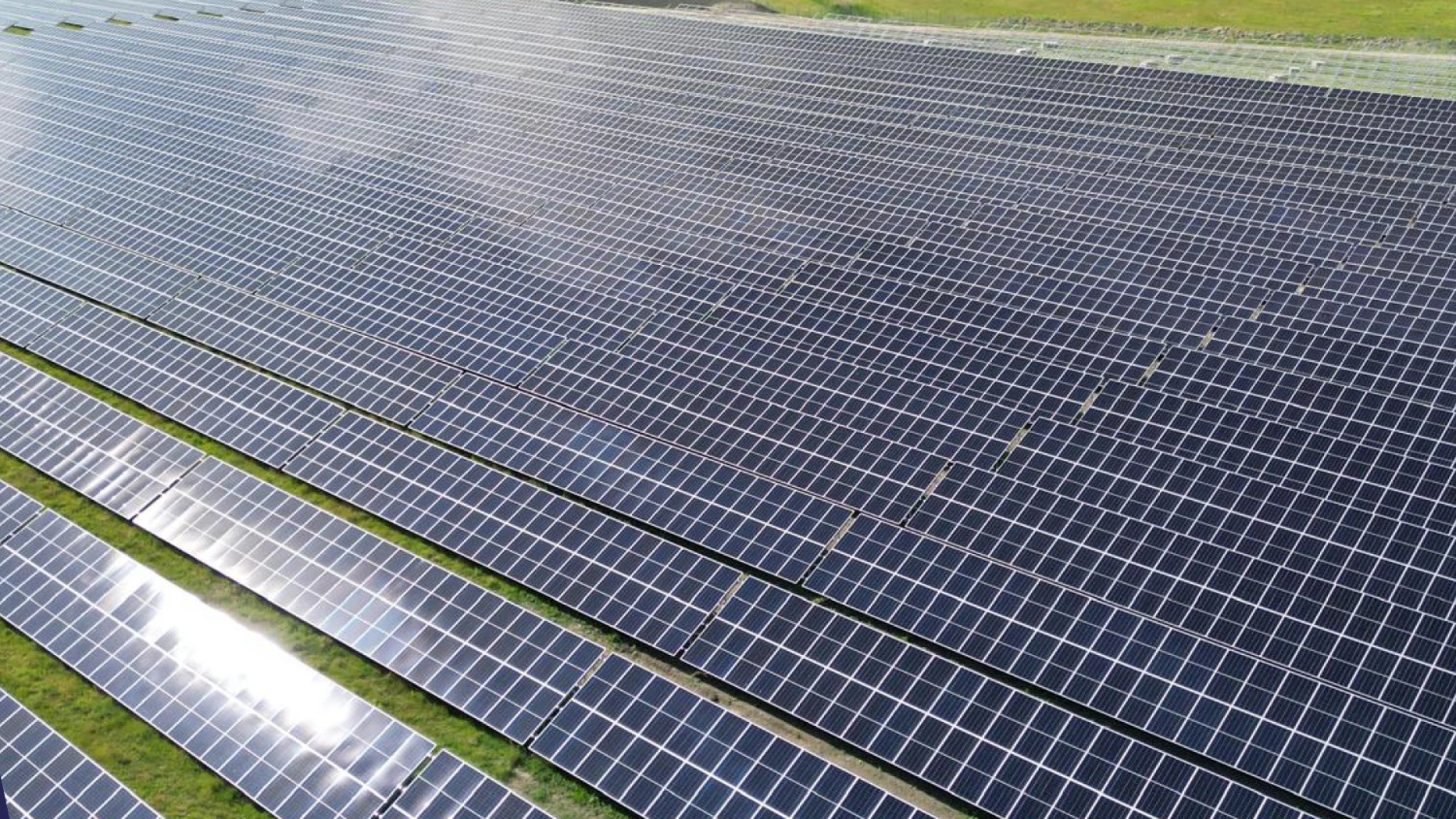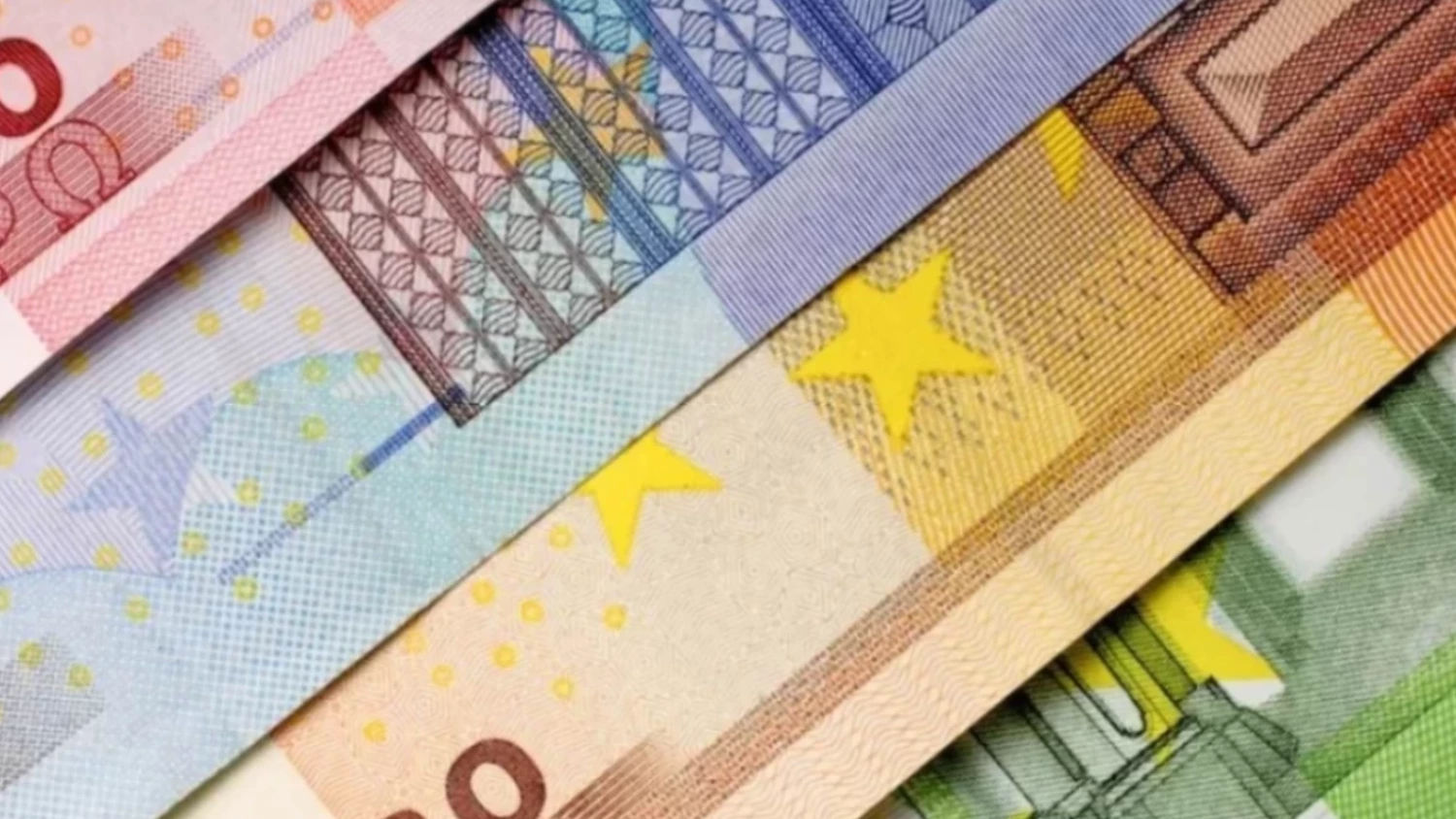Strategy 2030 enables OMV Petrom to achieve the following:
- Development of the largest natural gas resource in the EU;
- Development of the largest portfolio of new renewable energy projects in Romania;
- The largest investments for transportation decarbonization in Romania via the production of renewable fuels and the development of the most extensive charging network for electric vehicles.
Christina Verchere, Chief Executive Officer OMV Petrom: “We remain committed to our transformation Strategy 2030 for a lower carbon future, while making some key adjustments: a more rapid build out in renewables, more ambitious target in e-mobility, and progressing with our Neptun Deep offshore gas project, on track for first gas in 2027. With rigorous capital discipline and solid financial performance, we aim to increase dividend distributions, being highly competitive versus our peers”.
Transition to low and zero carbon
Low and zero carbon projects will account for about one third of the €11 billion total investments, respectively €3.7 billion between 2022-2030 and for one fifth of the Clean CCS EBIT in 2030.
In less than 3 years since the launch of the strategy, the company has made significant progress:
- ·Renewable power: the current portfolio of solar and wind projects exceeds the initial target of more than 1 GW by 2030. The company now aims for ~2.5 GW of renewable power capacity by 2030, including partnerships. This translates into an annual net electrical output of ~4.7 TWh, of which 2.4 TWh net to OMV Petrom, to be reached by 2030.
- Renewable fuels: The company recently announced the final investment decision for a new SAF/HVO plant at the Petrobrazi refinery, together with two green hydrogen production units, that will be used in the production of biofuels. Based on the 250 kt/year SAF/HVO capacity, OMV Petrom is to become the first major producer of renewable fuels in the region by 2028. Leveraging EU non-reimbursable funds, OMV Petrom accelerated its green hydrogen projects in Petrobrazi, with the aim to reach 100 MW capacity by 2030. In biofuels overall, we adjusted the pace compared to our initial plan of reaching 600 thousand tons per year production by 2030, and now expect to produce 300 thousand tons per year, reflecting the technology maturity level and market developments.
- E-mobility: After acquiring Renovatio's network, OMV Petrom is on track to reach its ambition of around 1,000 charging points by the end of the year, positioning itself as a major player in e-mobility. The company now aims to have more than 5,000 charging points by 2030 and thus to become the largest provider of e-mobility services in Romania.
Grow regional gas
Natural gas is an important component in OMV Petrom's strategy, due to its role in the energy transition and in the security of energy supply. OMV Petrom has over 40 years of experience as operator in the Black Sea and believes that this region holds significant hydrocarbon potential. Currently, the company focuses on offshore activities in Romania and Bulgaria.
- Neptun Deep is at the heart of this strategic pillar, contributing to Romania's energy independence and economic growth. Neptun Deep development is important for securing sustainable long-term production growth and reduced production costs, while generating significant returns. Since the launch of the Strategy 2030 in 2021, the project has made significant progress, with the final investment decision taken in 2023. All major execution contracts have been awarded. The project is on track to deliver first gas in 2027, within the total budget of up to €4 billion.
- In the Han Asparuh block in Bulgaria, OMV Petrom became the operator of the license and is actively pursuing exploration activities.
Overall, the regional growth projects' contribution to total Clean CCS EBIT is estimated at around one third in 2030, mainly from Neptun Deep.
Optimize traditional business
The company continues to capitalize on its integrated business model, with a focus on value over volume and operational excellence in all business segments. The share of cumulated CAPEX allocated to the traditional assets will decrease to around 45% by 2030 from nearly 100% in 2023, still with a solid contribution of more than 50% to Group's Clean CCS EBIT in 2030.
- Exploration and Production: The strategy focuses on near-field opportunities close to existing infrastructure. The company plans to drill around 50 new wells and perform more than 400 workover jobs annually, aiming for an average annual investment of up to €400 million, excluding Neptun Deep. Since 2021, the annual decline of production was reduced to around 6%, while the ambition for 2030 is to lower it below 5%, excluding Neptun Deep and before portfolio optimization. OMV Petrom aims to maximize the economic recovery of mature fields, and, with Neptun Deep volumes, to lower the production cost to around $8/boe by 2030.
- Refining and Marketing: Petrobrazi refinery is well-prepared for high utilization rates and focused on efficiency and sustainability, while shifting production towards higher-value products and expanding the biofuels value chain. The integration with our E&P business will remain strong throughout the decade, supported by our equity crude production. In retail, with the 20% targeted increase of throughput per filling station and the doubling of the non-fuel business margin, we envisage an increase of 20% of the profitability per filling station by 2030, all compared to 2020 levels.
- Gas and Power: Equity gas will continue to be complemented by origination activities to cover customer diversified needs, in an increasing gas demand environment. Neptun Deep gas will contribute to a total of approximately 60 TWh in gas sales by 2030. Meanwhile, the Brazi power plant will support Romania's transition to green power, integrating with renewables for a baseload power profile. Around 30% of the total power sales will be green by the end of the decade, contributing to customers' transition to cleaner energy.
Financial frame
The strategy is underpinned by three key elements of the financial frame, enabling our compelling investment proposition:
- Rigorous capital discipline: Capital allocation within the strategy pillars ensures appropriate returns and payback periods, while considering strategic and operational risks and opportunities. OMV Petrom is accelerating annual CAPEX in 2024-2026 to €1.7 billion, mainly for Neptun Deep and the low and zero carbon projects, while ensuring healthy double digits internal rates of return.
- Strong financial performance: The company aims for competitive operational profits across all strategic pillars and business segments, with a higher overall return on capital employed of around 15% and an EBIT target of more than €1.5 billion, both for 2030.
- Attractive returns to shareholders: OMV Petrom will continue to offer competitive base dividends and discretionary special dividends. The company plans to distribute to shareholders total dividends (base and special) of around 50% of the operating cash flows on average over the strategy cycle, increased versus the 40% previously indicated in December 2021. Furthermore, the Company provides an annual allocation guidance of 40-70% of operating cash flows to dividends.
GHG targets
OMV Petrom maintains its goal of achieving carbon neutrality from operations by 2050. The company aims to decrease the Scope 1-2 emissions and intensity of own operations by 30% and the Scope 1-3 emissions and intensity by 20% (both in 2030 compared to 2019). Fundamental to these are carbon capture and storage, especially for hard to abate industries.









